Local 'hipster-hater' proves irony isn't dead, all hipsters do look alike


When MIT Technology Review recently published an article on "the hipster effect," or "why anti-conformists always end up looking the same," the editors used a modified photo of this guy.
The study MIT Technology Review wrote up, from Brandeis University, essentially found "that when a group of people decide to be different, to do something non-conforming, there comes a point when they all end up adopting the same behavior or the same style," editor-in-chief Gideon Lichfield, told NPR's Lulu Garcia-Navarro for Weekend Edition. And soon after MIT Technology Review published its article, a man sent this angry email:
The Week
Escape your echo chamber. Get the facts behind the news, plus analysis from multiple perspectives.

Sign up for The Week's Free Newsletters
From our morning news briefing to a weekly Good News Newsletter, get the best of The Week delivered directly to your inbox.
From our morning news briefing to a weekly Good News Newsletter, get the best of The Week delivered directly to your inbox.
You used a heavily edited Getty image of me for your recent bit of click-bait about why hipsters all look the same. It's a poorly written and insulting article and somewhat ironically about five years too late to be as desperately relevant as it is attempting to be. By using a tired cultural trope to try to spruce up an otherwise disturbing study. Your lack of basic journalistic ethics and both the manner in which you reported this uncredited nonsense and the slanderous unnecessary use of my picture without permission demands a response and I am of course pursuing legal action. [Unidentified man, via NPR]
Lichfield and his photo editor contacted Getty, which looked up the stock model's release form and found that "the model's name wasn't the name of our angry hipster-hater," Lichfield tweeted. The tl;dc version:
The "hipster-hater" wrote back a gracious apology note. You can hear Lichfield and Garcia-Navarro discuss the somewhat ironical, unintentionally relevant episode below. Peter Weber
A free daily email with the biggest news stories of the day – and the best features from TheWeek.com
Peter has worked as a news and culture writer and editor at The Week since the site's launch in 2008. He covers politics, world affairs, religion and cultural currents. His journalism career began as a copy editor at a financial newswire and has included editorial positions at The New York Times Magazine, Facts on File, and Oregon State University.
-
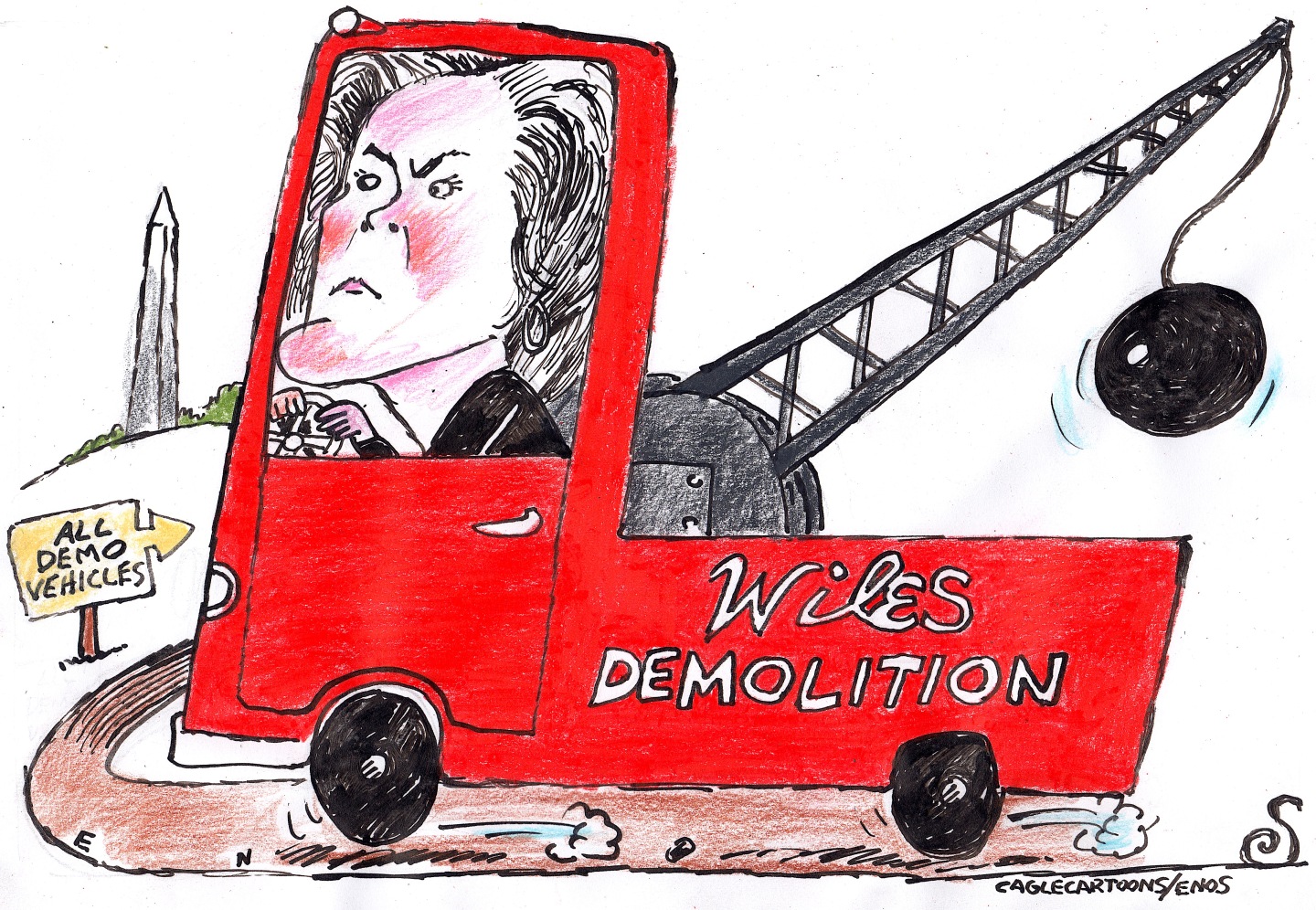 5 fairly vain cartoons about Vanity Fair’s interviews with Susie Wiles
5 fairly vain cartoons about Vanity Fair’s interviews with Susie WilesCartoon Artists take on demolition derby, alcoholic personality, and more
-
 Joanna Trollope: novelist who had a No. 1 bestseller with The Rector’s Wife
Joanna Trollope: novelist who had a No. 1 bestseller with The Rector’s WifeIn the Spotlight Trollope found fame with intelligent novels about the dramas and dilemmas of modern women
-
 Codeword: December 20, 2025
Codeword: December 20, 2025The daily codeword puzzle from The Week
-
 Son arrested over killing of Rob and Michele Reiner
Son arrested over killing of Rob and Michele ReinerSpeed Read Nick, the 32-year-old son of Hollywood director Rob Reiner, has been booked for the murder of his parents
-
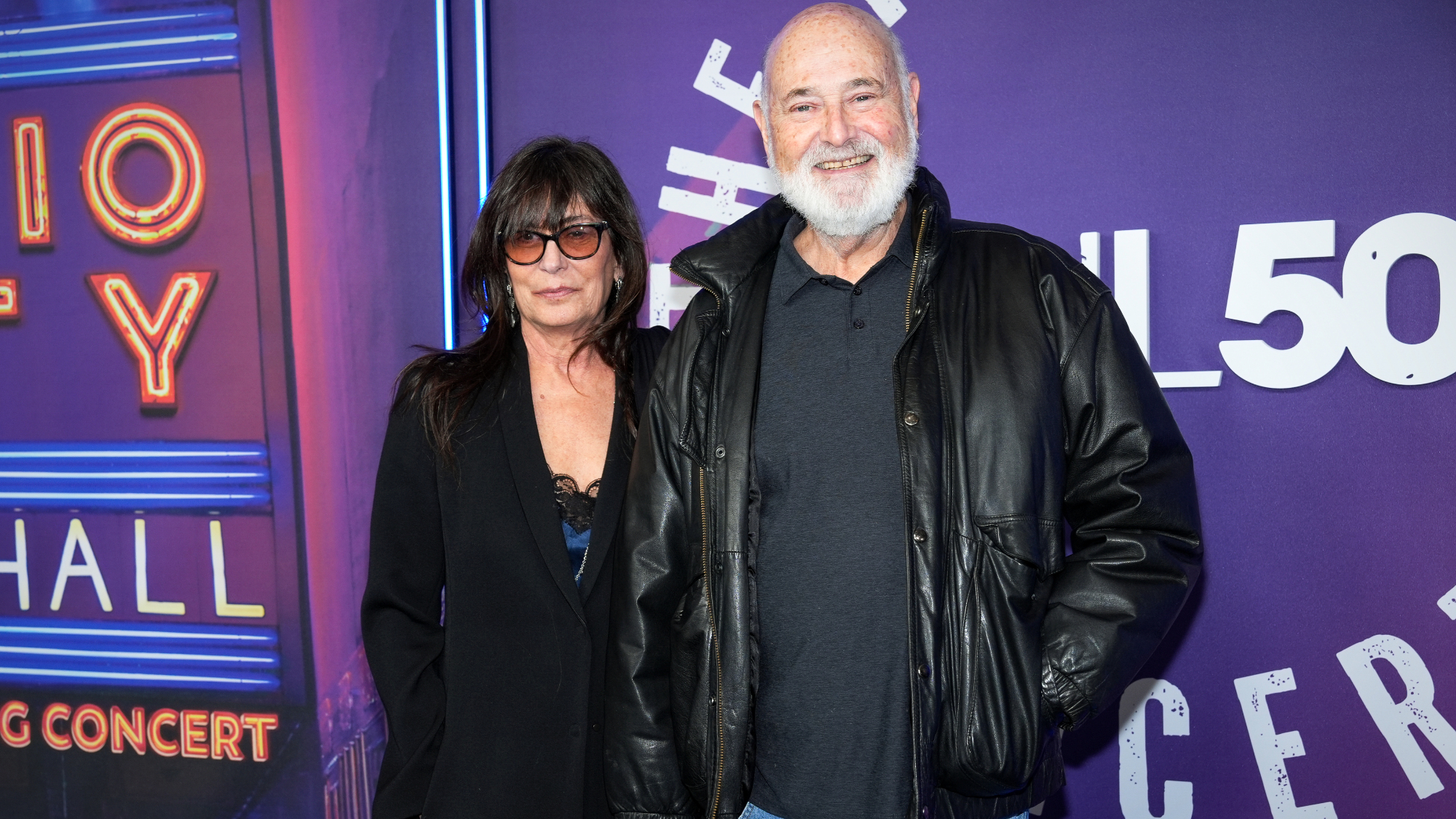 Rob Reiner, wife dead in ‘apparent homicide’
Rob Reiner, wife dead in ‘apparent homicide’speed read The Reiners, found in their Los Angeles home, ‘had injuries consistent with being stabbed’
-
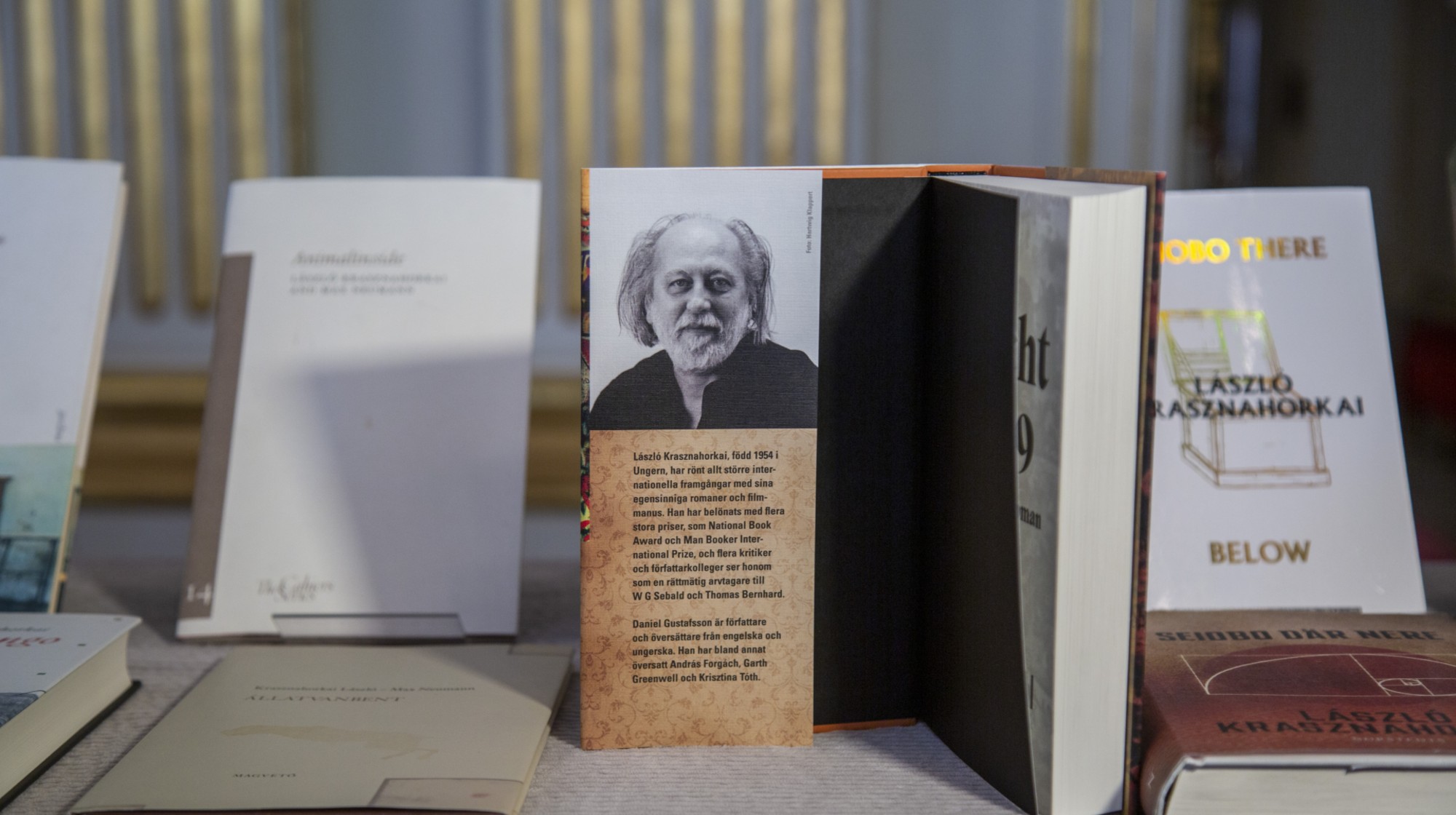 Hungary’s Krasznahorkai wins Nobel for literature
Hungary’s Krasznahorkai wins Nobel for literatureSpeed Read László Krasznahorkai is the author of acclaimed novels like ‘The Melancholy of Resistance’ and ‘Satantango’
-
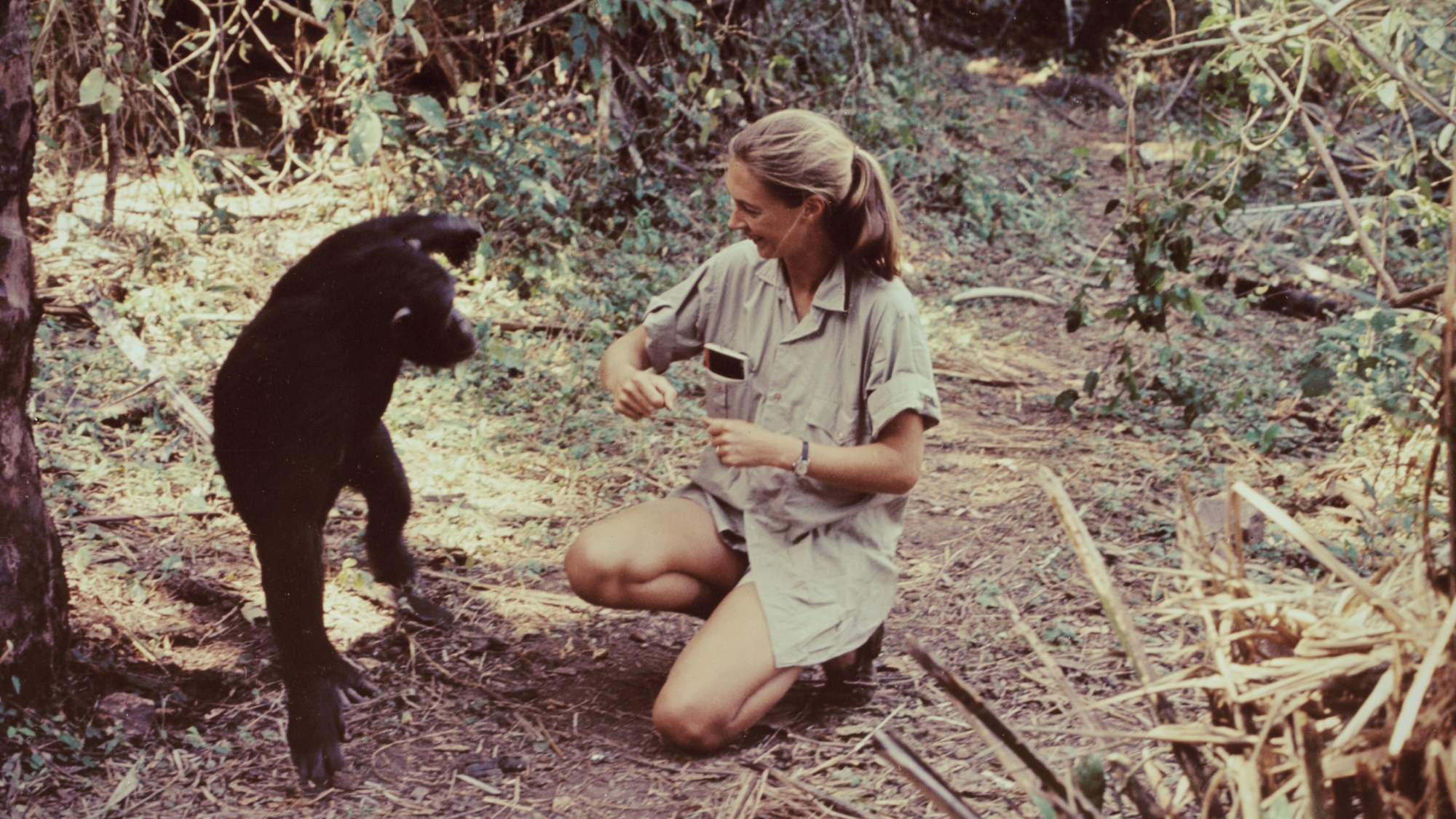 Primatologist Jane Goodall dies at 91
Primatologist Jane Goodall dies at 91Speed Read She rose to fame following her groundbreaking field research with chimpanzees
-
 Florida erases rainbow crosswalk at Pulse nightclub
Florida erases rainbow crosswalk at Pulse nightclubSpeed Read The colorful crosswalk was outside the former LGBTQ nightclub where 49 people were killed in a 2016 shooting
-
 Trump says Smithsonian too focused on slavery's ills
Trump says Smithsonian too focused on slavery's illsSpeed Read The president would prefer the museum to highlight 'success,' 'brightness' and 'the future'
-
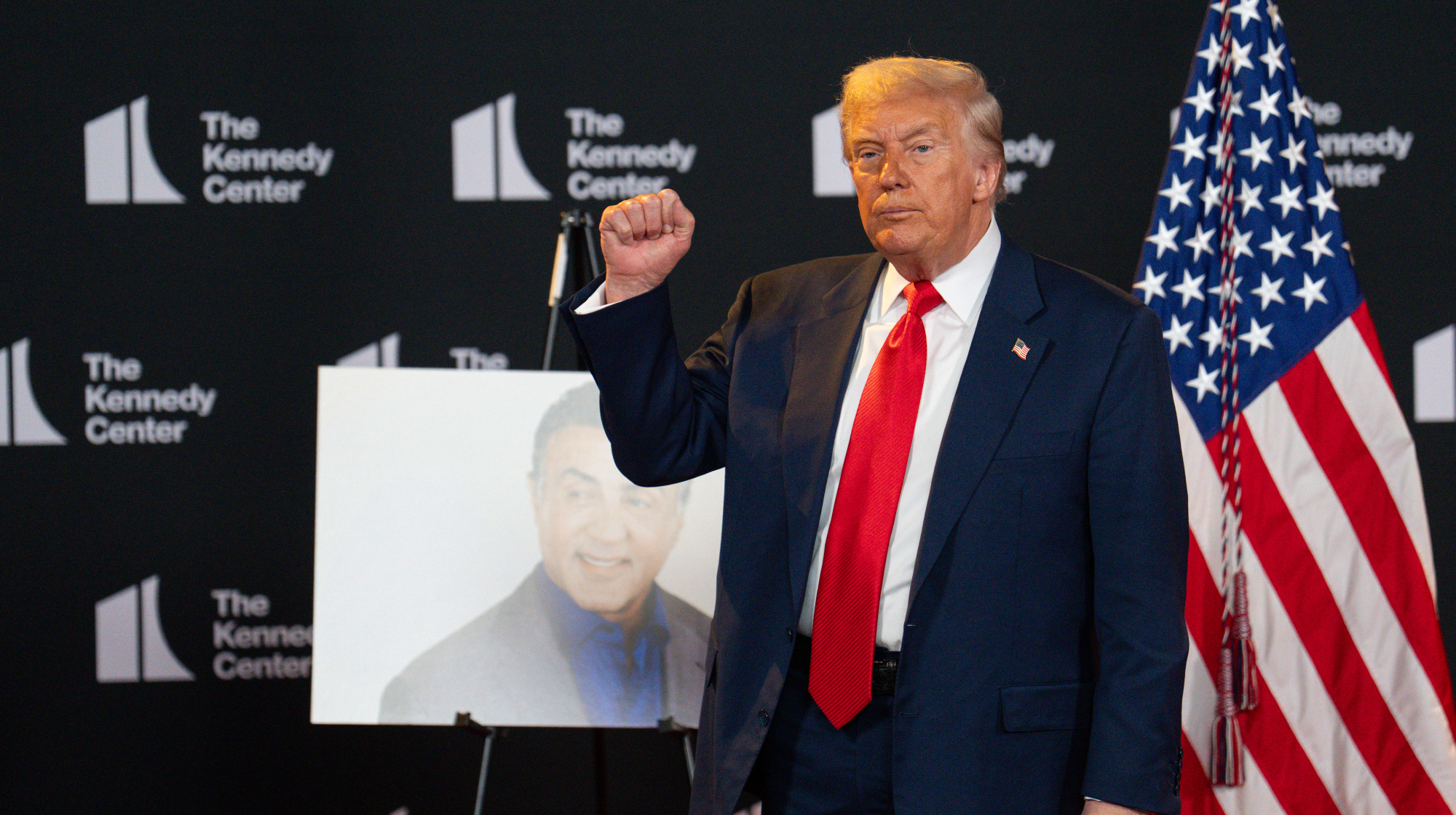 Trump to host Kennedy Honors for Kiss, Stallone
Trump to host Kennedy Honors for Kiss, StalloneSpeed Read Actor Sylvester Stallone and the glam-rock band Kiss were among those named as this year's inductees
-
 White House seeks to bend Smithsonian to Trump's view
White House seeks to bend Smithsonian to Trump's viewSpeed Read The Smithsonian Institution's 21 museums are under review to ensure their content aligns with the president's interpretation of American history
